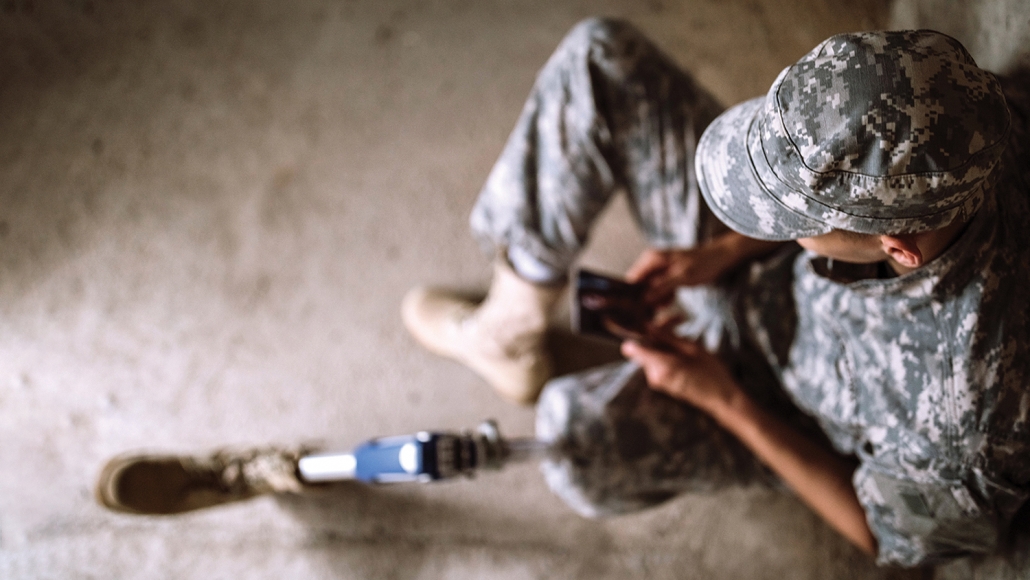Modernizing VA with VA’s Modernization Office

The mission of the Department of Veterans Affairs (VA) Modernization Office is to transform VA into a modern, high-performing organization that simplifies VA operations and improves service delivery to Veterans. To help VA in this effort, we partnered with VA’s Modernization Office on enterprise-level, cross-department priority initiatives designed to improve VA’s infrastructure, operations, and customer service. We provided VA with strategic advisory, programmatic, and implementation support on these initiatives.
- We stood-up the Transformation Program Office and established programmatic rigor through program concepts of operations, dependency matrices, and enterprise risk registries. We deployed a repeatable risk, issue, and action item management approach focused on proactive identification and mitigation of technical and business integration. We developed an assessment model that identifies and analyzes the courses of actions and recommendations through the lens of project scope, budget, risks, benefits and schedule. The team defined the decision-making process that is driven by the Leadership Integration Forum to allow for escalation of risks, issues and recommendations. These activities ensured program planning success in the future and proper reporting and decision-making by the Deputy Secretary of VA in the VA Modernization Board.
- We established and stood-up a change management service offering as part of the modernization portfolio and capability set. We developed change management with VA leaders through Prosci toolkits. The change management services ranged from providing high-level change assessment and advisement to full change implementation support for customers across the Veterans Health Administration (VHA), Veterans Benefits Administration and Board of Veterans’ Appeals. This included change management support across VA priority initiatives, such as Electronic Health Record Modernization (EHRM), VA Logistics Redesign, and Financial Management Business Transformation (FMBT). In addition, we also built internal capability within the Modernization Office though training sessions, shadowing, and Community of Practice activities.
- We leveraged expertise in systems thinking. We did this work through evaluating business processes, business architectures, program requirements, and milestones/ sequencing plans for three Enterprise Resource Planning system deployments – acquisitions (Defense Medical Logistics Standard Support), FMBT, and EHRM – to assist in developing a digital integration strategy. We established a Leadership Integration Forum (LIF), Systems Integration Working Group, and Business Process Improvement working group to address the integration of priority initiative schedules, requirements, risks/issues, dependencies, constraints, strategic communications, change management efforts, training plans, and interfaces, etc. The team developed the charter and concept of operations for LIF, coordinated integration activities and ensured cross-initiative engagement between enterprise modernization initiative.
- We created and implemented a communications and engagement strategy with the development of a Modernization brand. This strategy was executed in order to communicate the achievements, benefits, and current status of the modernization effort at VA. We created a modernization brand and brand strategy: the logo, theme line, and messaging. We built a modernization website and strategy: design & layout, copy & content, code development, launch strategy, and maintenance/LOE plan. Additionally, we provided strategic communications and enterprise change management services through the development of external stakeholder briefings, brochures, fact sheets, and infographics; application of the ProsciTM change management framework; and Ted Talk-like videos.
- We developed and contributed to more than three strategic planning documents focused on VHA Health Care for MISSION Act, VA Modernization, and GAO’s High Risk List. We built a structure and feedback loop between the internal and external stakeholders of the VA. This required the development of a strategic plan – a report to Congress regarding how VHA plans to meet Veteran health care needs in the coming years. The report described anticipated Veteran demand for health care services based on Veteran demographics, incidence and prevalence of disease, reliance on VHA, and emerging health care trends. The report presented current health care facility capacity and presented a new integrated health care delivery model and approach for meeting Veteran needs. The team designed the report, guided and wrote significant sections, developed a journey map illustrating how a Veteran would move through the new model, and created a roadmap for implementation of the new model, with key milestones and timeframes.

